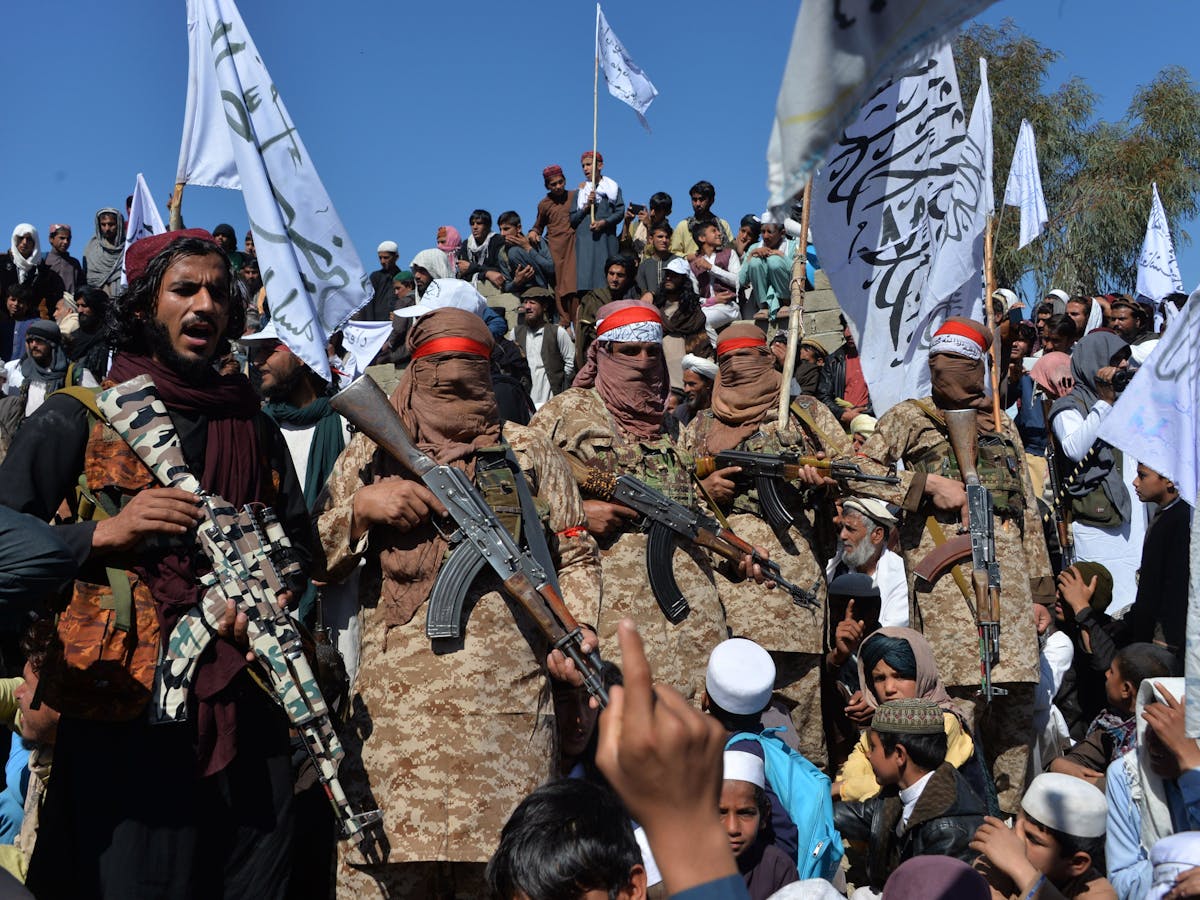Where does the Taliban get their money from? Who is funding them? – An enterprise valuation of the horrendous organisation:6 revenue sources

Talking about the Talibans, the situation in Afghanistan is heart-wrenching at the moment. We all know stories of the past and they are no unknown entity, we know what they are capable of irrespective of the claims being made. So, if the world wants to go on a wait and watch approach, they can right ahead, but it wouldn’t change the fact that they are all culprits of the current situation. They are catalysts in all the voices that have been silenced, all the lives being lost and the country’s future going into a dark pit.
However, while the world maintains its stance to stay silent and evade responsibility, the media is showing the narrative that goes behind all this. And it is not at all possible to dehumanise the situation and talk in terms strictly economic, but the purpose of this section is to bring your attention to where the Taliban gets all its money from.
Research made by economists in the past shows that it is rather expensive to fund an organisation that operates as a paramilitary state, or as a guerrilla military force. This is not surprising given the ammunition and manpower needs, but this reveals one very significant fact. It has been revealed that most members of a terrorist group spend a significant amount of their time finding out ways to generate income. These income sources primarily end up being the sale of legal and illegal commodities, online scams, heists and the like.

Well, looks like the Taliban has fixed a rather credible source of income, for they are buying weapons, ammunition, disseminating their own misinformation using platforms like Twitter, Facebook et cetera, and that requires a fairly substantial sum of money.
So, where do the Taliban get their money from?
Official reports suggest that the Taliban are mega-rich, much like an economic enterprise that is mutually benefitting some parties from their rather diverse income streams. In the fiscal year that ended in March 2020, the Taliban reportedly brought in US$1.6 billion, according to Mullah Yaqoob, son of the late Taliban spiritual leader Mullah Mohammad Omar, who revealed the Taliban’s income sources in a confidential report commissioned by NATO and later obtained by Radio Free Europe/Radio Liberty.
Well, looks like they are bringing in a lot more money than we could have initially guessed. And even though they are not listed on the Afghanistan Stock Exchange, treating them as a financing structure, we would be able to estimate how much the Taliban “Enterprise” is worth.
And to be fair, given the extensive list of income sources that you are going to see following this paragraph, this USD 1.57 billion amount would seem to less you. Especially if you consider other cartels like the CJNG in Mexico that generate a revenue of USD 12 billion per year, with a much lower headcount than that of the Taliban. Are these religious extremists bad businessmen? I guess so. Nonetheless, their business is rather diversified. Let’s have a look-
The Taliban’s business- 6 explicit revenue sources-
Drugs
This very easily forms one of the biggest sources of revenue for the Taliban, with an estimated valuation of USD 416 million in revenue. This comes from the fact that Afghanistan owns about 85 per cent of the world’s total opium production, as per data released for 2020. This is traded both legally and illegally, in the form of pharmaceutical drugs and its illicit form as well. The Taliban manages opium in areas that fall directly under their control, now increased manifold as they hold control of the entire country. The poppy farmers, who cultivate the main ingredient in opium, also fall under the direct management of the Taliban.

On paper, the Taliban mainly trades with other Muslim populous countries as well as within Afghanistan, but considering they produce 84 per cent of the world’s opium, it goes without saying the top narcotics consuming countries like the United States of America and Germany.
Mining-
Starting from iron ore, marble, copper, to gold, zinc and other precious metals of the rich Afghanistan fall under the Taliban’s jurisdiction for mining, fetching them an annual revenue of USD 432 million. Mining acts as the largest source of income for the Taliban.
Extortion-
Well, this source is a full-fledged business, with receipts for tax payment issues and other contracts. Like a government, the Taliban has authoritative control over a few industries, to which it charges taxes. This legal system includes industries like the media, telecommunications and the development projects funded by international aid. Not only industries, but the Taliban also charges people. For example, the tax collected for the construction of highways or the payment for setting up business in the Taliban-controlled places, which now expanded to the whole country by the way.
But are these taxes collected entirely legally? Well, as one could possibly guess from the reputation, murders, intimidation, and other criminal activities goes behind these extortions.
As the entire country falls under the rule of these religious extremists, the probable tax base and recipients of dominance would only grow in size.
Donations-
This information is usually not made very public, since the donors, or should I say funders, prefer to remain anonymous. Even though we know who we are referring to, let’s just call them international institutions and private associations at the moment. For the last financial year, the Taliban received USD 240 million in revenue.
Exports and Real Estate-
With an aggregate collection of USD 320 million in revenue, the Taliban’s international trade of consumer goods and their real estate in Afghanistan, Pakistan and other countries fetch them a significant proportion of their total revenue.
However, these were just revenues. The real analysis to understand how rich the Taliban is would come from an assessment of their margins. As per a report published by the value investor Edmund, a weighted average of the tax-based business and export-based business land an average margin of 57.8 per cent. The taxation-based business includes drugs, mining, extortion, and donation receipts, all of which are estimated as emerging-market rent based businesses. The export margin, on the other hand, has been treated in the calculation as an emerging market trade logistics business.

The re-investment estimates are limited to about 62 per cent, leaving behind a significant proportion for the Taliban for itself. The Taliban have created a rather diverse system of generation of revenues, and most of it roots from illicit activities covered in white paint of formal legality. How legal, you ask? Well, drugs as pharmaceuticals and extortions in telecommunications. This doesn’t sound too surprising if you think a little deeper about it. I mean, the pharmaceutical industry is the closest legal analogy to the illicit drug industry. And well, a steady look at what goes behind the scenes in the telecom industry answers the latter quite well on its own.
The charitable donations thus made to the terrorist organisation is undoubtedly a significant contributor to the aggregate number, but the reach goes much beyond that. However, it goes without saying that aggravators have made the situation what it is today, and the world is watching silently, with their wait and watch approach while the people continue to spend every breath in fear.
The objective of this section was just to give an overview of the ways the Taliban has been in a position to overturn the Afghan military base of 300,000 armed soldiers with manpower of approximately 60,000 people. The ammunitions, power bases and other requirements. This tells us a lot about how the world works, and to be honest, it’s more black than it is grey!
Edited by Sanjana Simlai.




